Showing 165 news posts

20 April 2023
We're working to improve our online inclusion
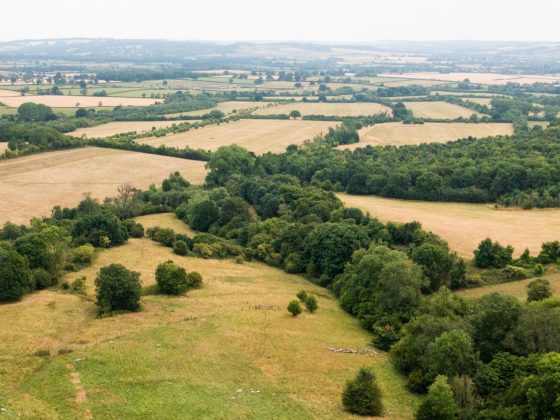
23 February 2023
Farming Forum 2023 - coming soon
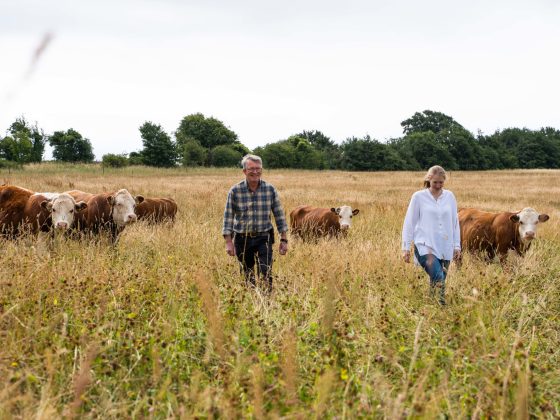
1 February 2023
Farming in Protected Landscapes - programme extended to 2025
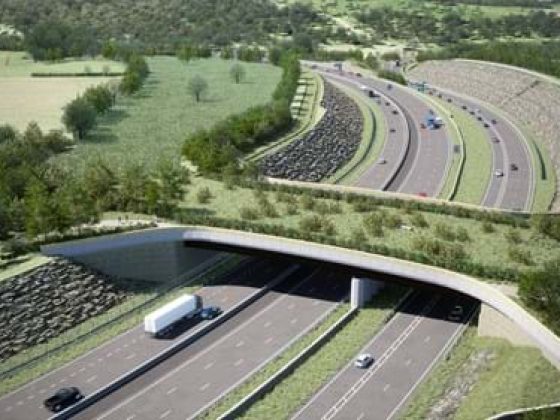
17 November 2022
A417 Missing Link Road Scheme Approved
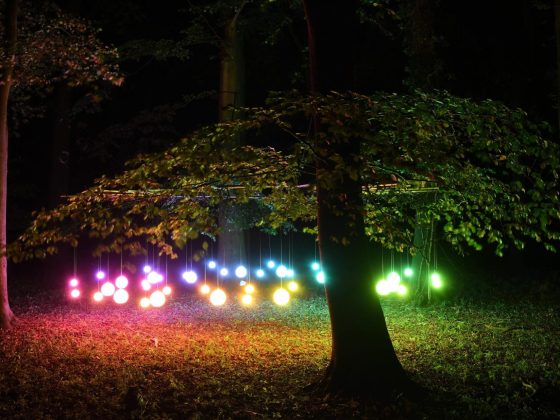
23 September 2022
Arts Council England and National Association for Areas of Outstanding Natural Beauty sign landmark Memorandum of Understanding

9 September 2022
9th September 2022
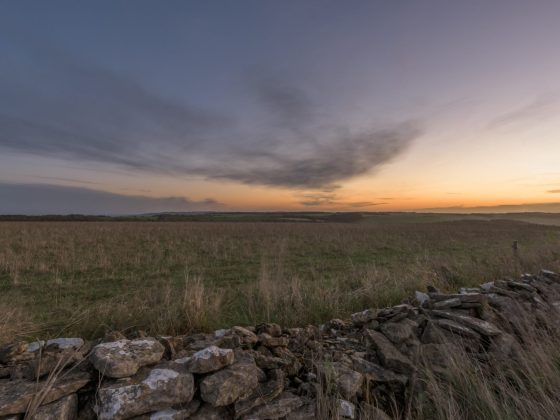
5 August 2022
People invited to view once in a generation plans in the Cotswolds
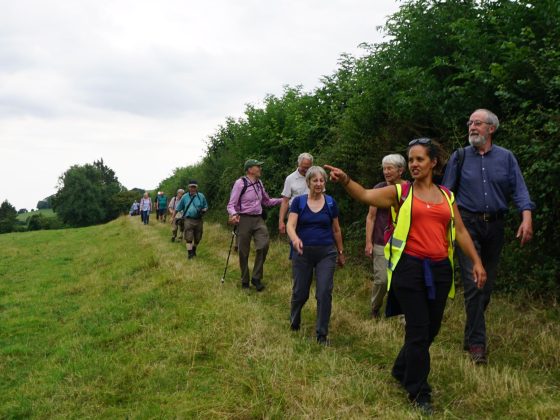
3 August 2022
Bathscape launches the Circuit of Bath walking trail
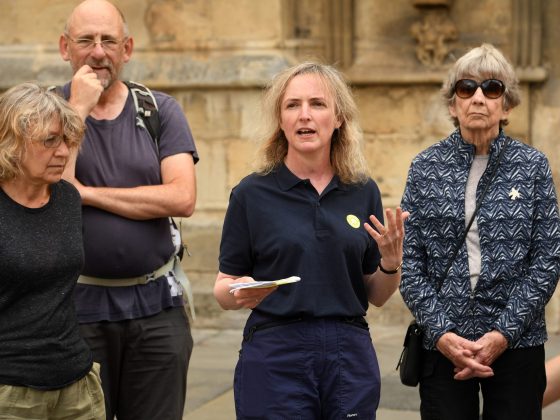
7 June 2022
One of our team has been awarded an MBE
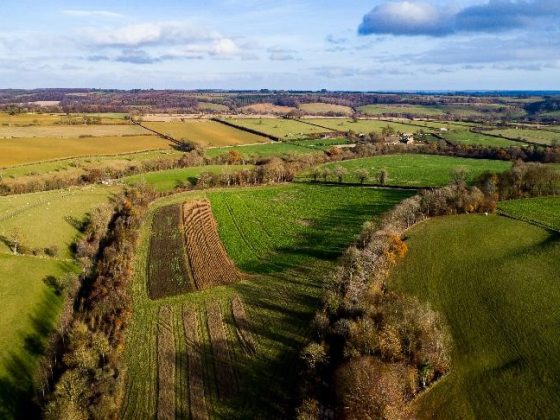
11 April 2022
CNL responds to Government landscape consultation
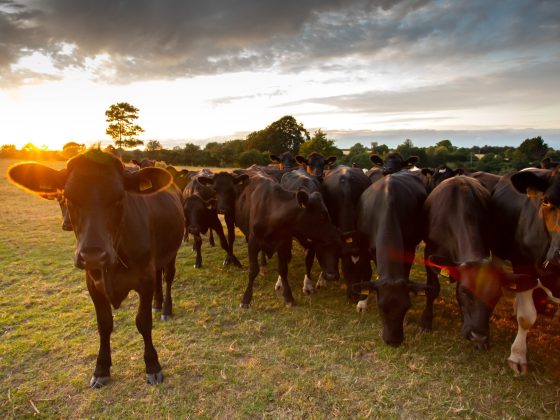
23 February 2022
Over £950,000 in grant funding allocated across the Cotswolds
15 January 2022